How do you successfully run the largest women’s tennis event in North America? Just ask Bob Moran and his dedicated team of full-time staff and volunteers at the Charleston Open.
For nearly 50 years, this event has become one of the most widely popular WTA tournaments among players, fans, media and the local community. Past champions include an impressive list of both current and former tennis superstars including Madison Keys, Sloane Stephens, Serena Williams, Venus Williams, Steffi Graf, Martina Hingis, Chris Evert and Martina Navratilova.
With its unmatched Southern hospitality and tireless staff and volunteers who go above and beyond to make everyone feel right at home, there’s a reason players keeping coming back to Charleston year after year.
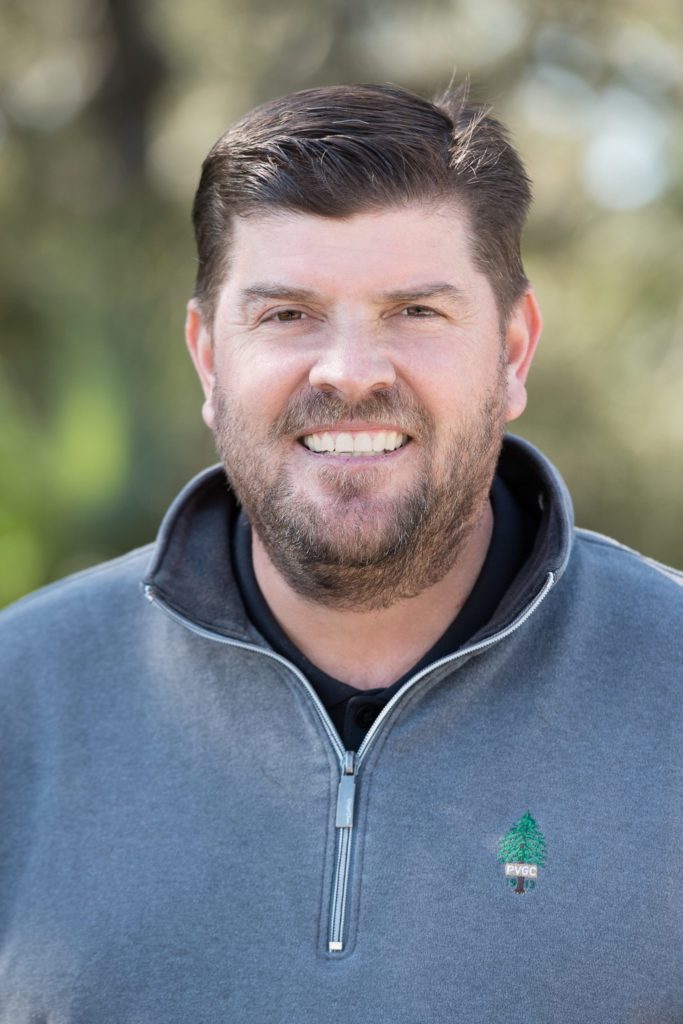
Meet Bob Moran
- Tournament Director at Charleston Open in Charleston, S.C.
- Formerly served as sales director and new business development director for the tournament
- Golf and event management background
- Graduate of Elon University
Bob’s 7-Point Breaker
1. What is the hardest part about running a tournament that fans might be surprised to hear?
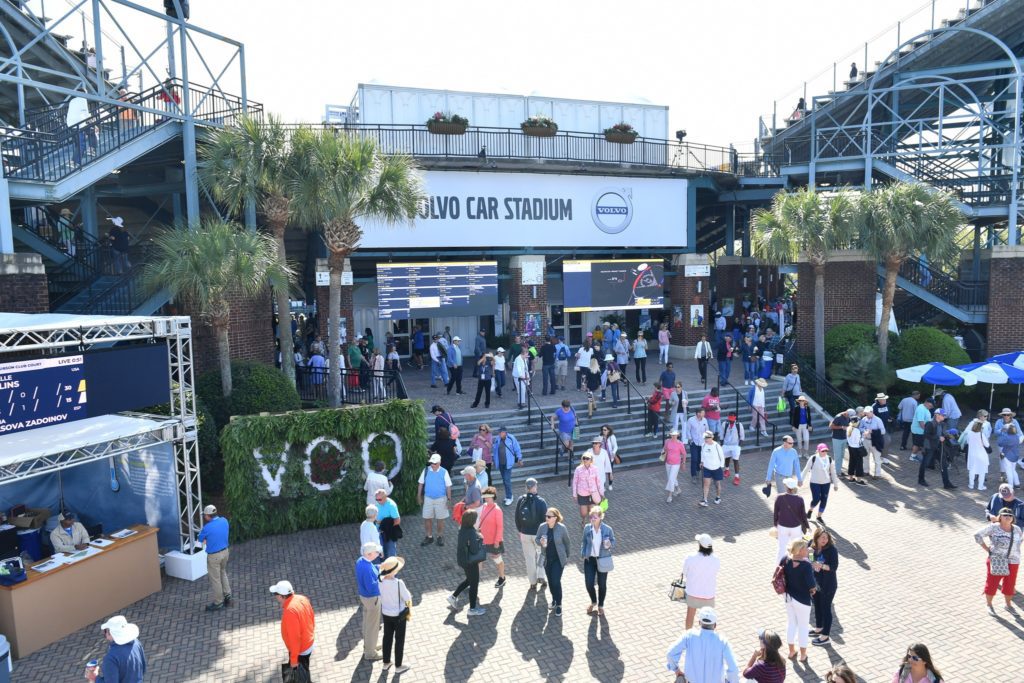
The tough part about running a tennis event is there are two things we can’t control: the weather and the players. In the South we see all types of weather from freezing cold to brutal humidity, wind, thunderstorms…you name it.
From the player perspective, we always build a great field coming into the tournament but recognize our place on the WTA calendar can be a challenge. Players are usually coming here from Indian Wells and Miami before our event and then heading to Europe for the clay swing immediately after. This means they could be hurt or tired leading up to Charleston, so we often lose a few names for one of those reasons as we get closer to the tournament.
We play on green Har-Tru courts and try to use this unique surface to our advantage when promoting the event. We sell our tournament as a transition event from the fast U.S. hard courts to the slow European red clay. It’s the perfect opportunity to ease into the clay swing. We are proud to be the only Har-Tru green clay WTA event on the calendar.
2. What does preparing for a tournament look like on a year-round basis?
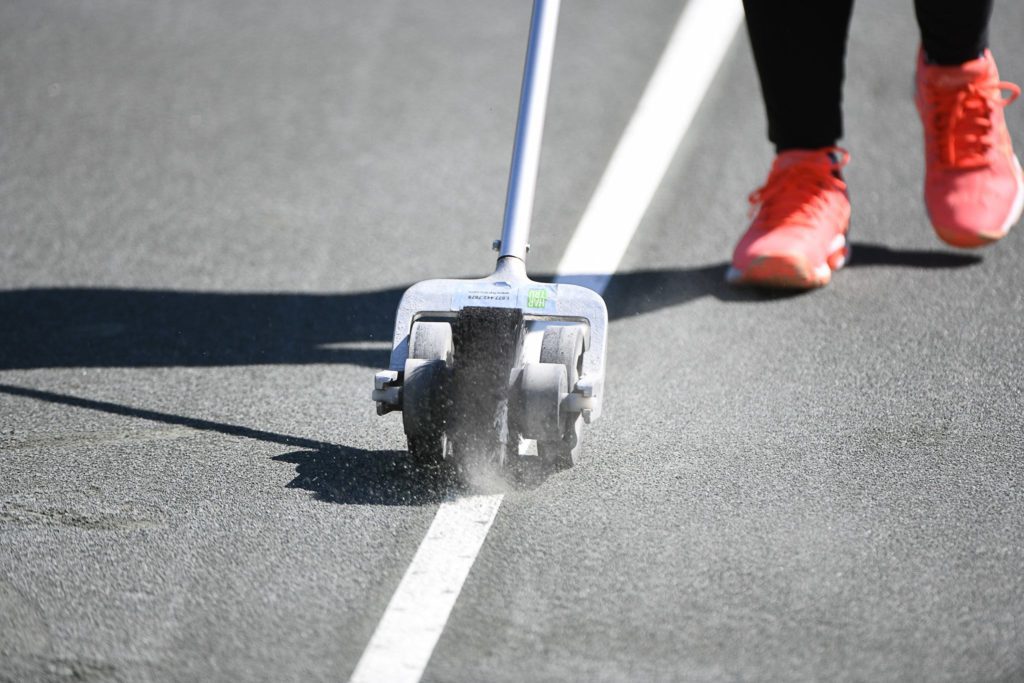
During the first week after the tournament, we ask everyone to put together notes on positives and negatives from this year’s event, as well as ideas they have for next year. We sit down as a group and ask… what will next year look like? How can we improve?
We speak with sponsors and ask them what they liked, what didn’t work well, and think about how we can incorporate that into our planning for next year. All of this usually happens within the first 30 days after the last match is played.
Summer is mainly spent on renewals and sponsors, securing ticket holders and box holders, or overseeing development projects if we choose to undergo renovations. In the fall we begin focusing more on ticket sales and start building our marketing, advertising and PR plan. What is our core message going to be for the next tournament?
Next, we start looking more closely at how our player field is beginning to stack up. Who’s playing well? Who’s struggling? Which up-and-comers do we want to target?
Over the last 20 years, I’ve developed strong relationships around the globe from this role. I’ll usually reach out to the Australian Open directors to get a better pulse on current player levels at the beginning of the year.
During Wimbledon, we start having conversations with players and agents who we want to recruit for the following year. Running a successful tournament is a full year-round process.
3. How do you keep up with players throughout the year? Do you follow a process or let it happen organically?
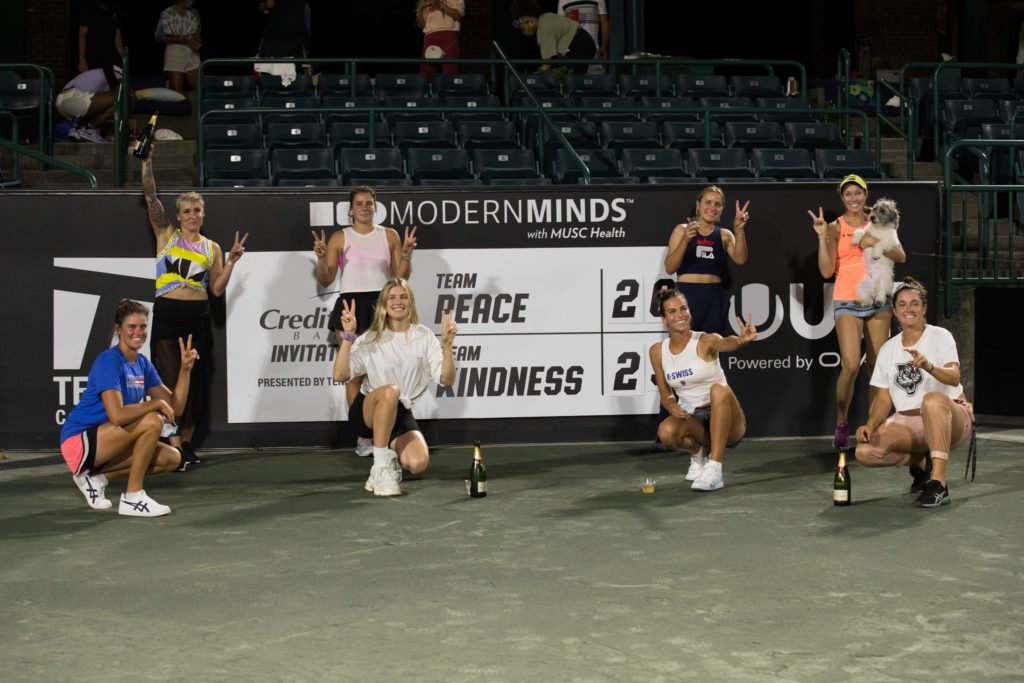
It’s a combination of both. Eleanor Adams, our tournament manager, really does a great job of keeping up with the players on and off the court. Sometimes it could be a congratulatory message after a big win or other instances it’s a personal milestone like a birthday or wedding engagement. We want to make sure the players know we are always there and genuinely care about them.
As a WTA Tournament Council member, I always make an effort to reach out to players and discuss political issues in tennis. This helps me get a pulse for how they feel about things and make sure we’re both educated about key issues facing our sport.
While we often communicate directly with players, we’re also in touch with their agents and other tournament directors. The talented agents do a great job keeping us updated on their players’ progress throughout the year.
We also have regular status calls with other tournament directors, which has picked up even more this past year during COVID. It’s important to keep lines of communication open with all of our different partners in tennis.
4. What advantages or disadvantages do you have for being a women’s only tournament?
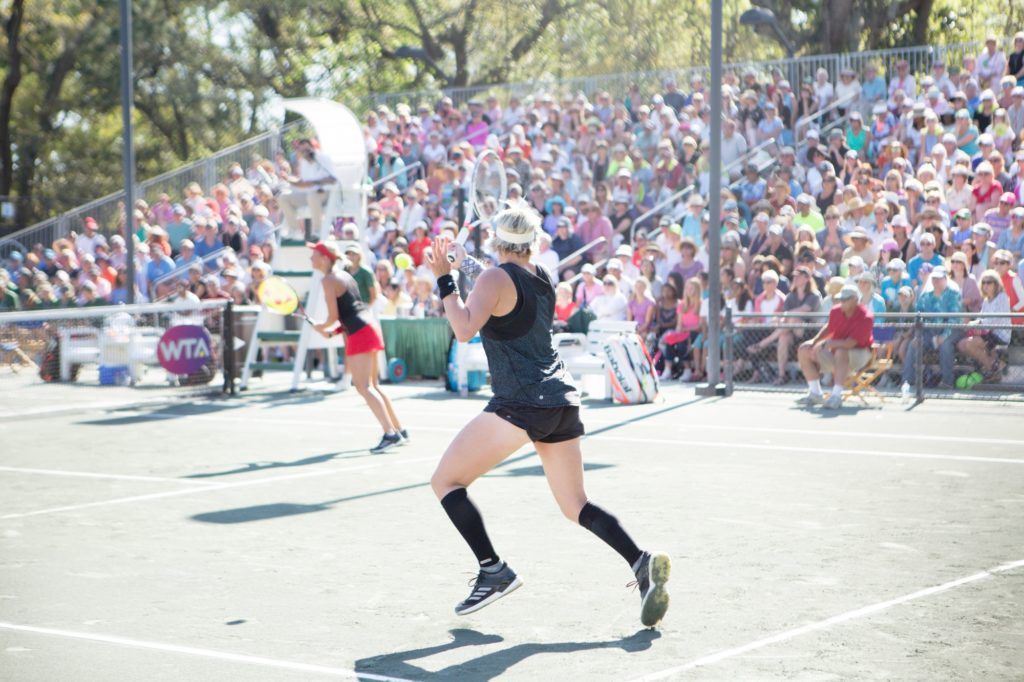
For starters, it’s a different fan base we have to attract. Would we love to have men’s tennis here? Sure, but there isn’t an opportunity for it. Mixed events in tennis have always proven successful, and that’s when our sport is at its best.
However, we are proud to be the largest women’s tennis event in North America. We have a great opportunity to celebrate the incredible women of the WTA – from Sloane and Madison to Serena and Venus dating all the way back to Chrissie and Martina. Women’s tennis is the best female sport in the world without a doubt. Our biggest superstars cross the lines of sports into entertainment and pop culture.
This facility was intentionally built for women. When players come here, I emphasize the fact to let them know “Ladies, this was built for you. Now let’s put on the best event and value we can offer.”
Play Doubles?
Get doubles tips and strategies every Thursday – learn to play smarter and win more matches!
Bonus Guide: 3 Doubles Tactics to Force Errors & Get More Easy Volleys
5. How do you balance the needs of the many stakeholders you have to manage as tournament director?
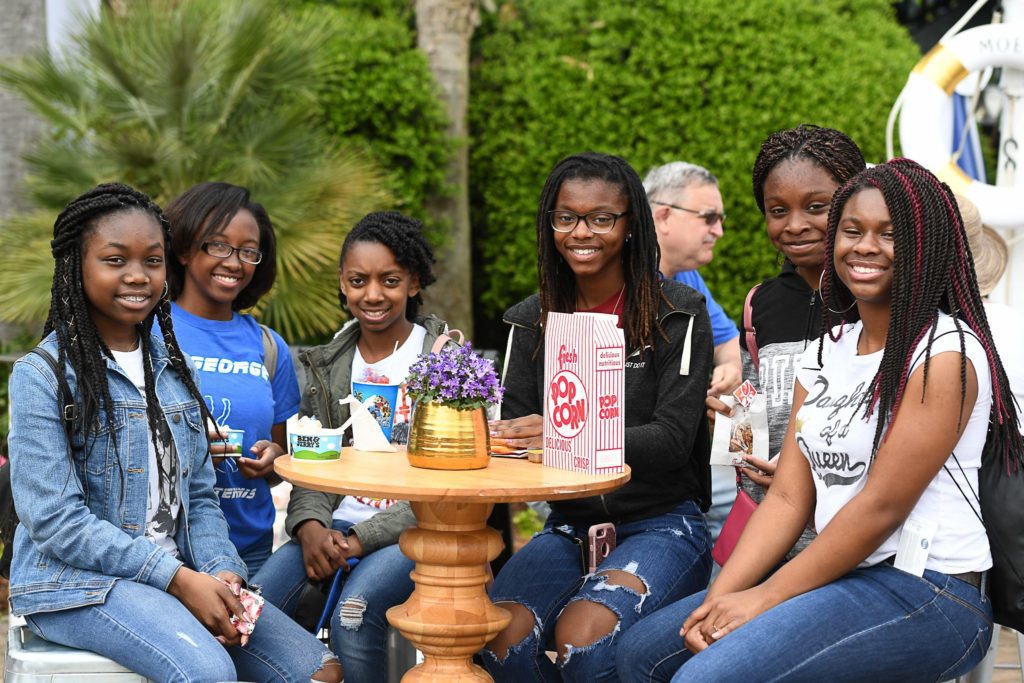
It’s one of the most difficult aspects of running a tournament and requires a delicate balance. Sponsors and box-holders need a premium experience. What does that mean? It’s our job to create that for them.
It can look completely different from one sponsor to the next but often requires more access to our players. Is it hitting with or meeting a player? Inviting them for a suite visit? Asking them to teach a kid’s clinic?
Players are generally understanding but these extra asks also conflict with their practice and match schedule. It’s almost impossible to promise a player’s availability. It’s important that we remain flexible and also ask our partners and players to be flexible.
When we do ask them something, they know it means a lot to us and that relationship comes in handy. When you lay the groundwork early on to develop relationships with players properly, they feel good about doing something meaningful for the fans and the tournament.
6. How do you engage the surrounding community to get more involved with the tournament?
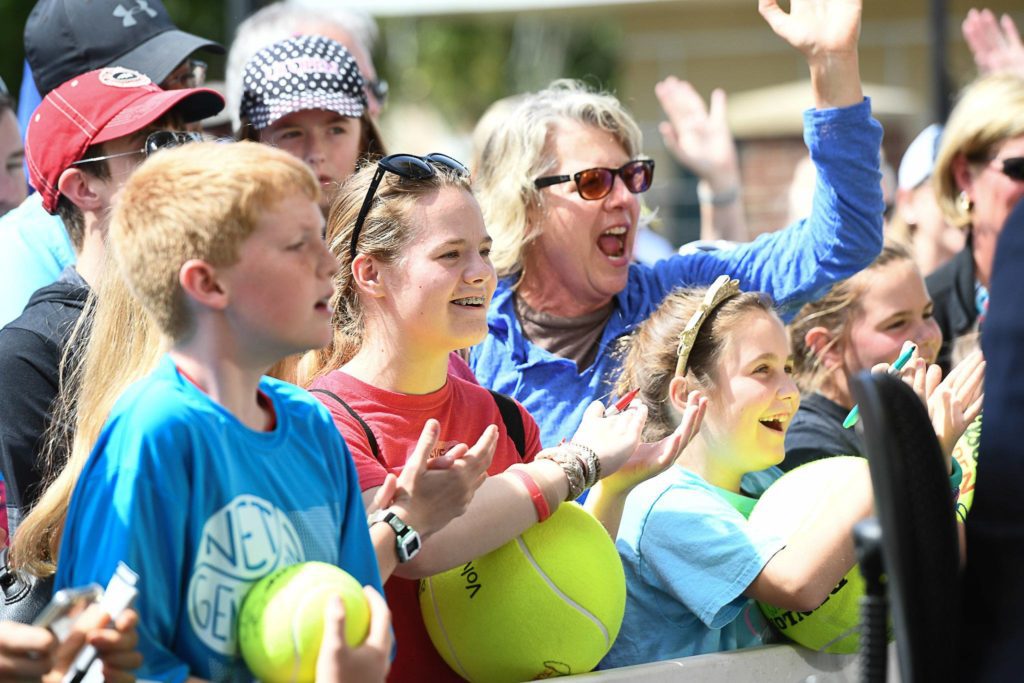
Now you’re putting me on my soapbox. I believe 100% that having professional events in a city helps cultivate and grow junior and community tennis. Charleston is one of the healthiest tennis communities in the country, and I relate that to the success of the Charleston Open.
We’ve been in Charleston for a long time; we aren’t a team that comes in for three months and goes home. We all live here and run a very successful program that operates year-round.
I believe 100% that having professional events in a city helps cultivate and grow junior and community tennis. Charleston is one of the healthiest tennis communities in the country, and I relate that to the success of the Charleston Open.
– Bob Moran, Tournament Director
We’re in the middle of tennis every day as an events team and tennis organization. We also have a new owner who is fully committed and wants us to be best in class.
When it comes to youth tennis, seeing is believing. If kids see Serena or Madison Keys play at our tournament, they aspire to be them one day. We remind the players this all the time when they’re on site.
7. What are some of your favorite memories of the tournament since you’ve been involved over the last 20 years?
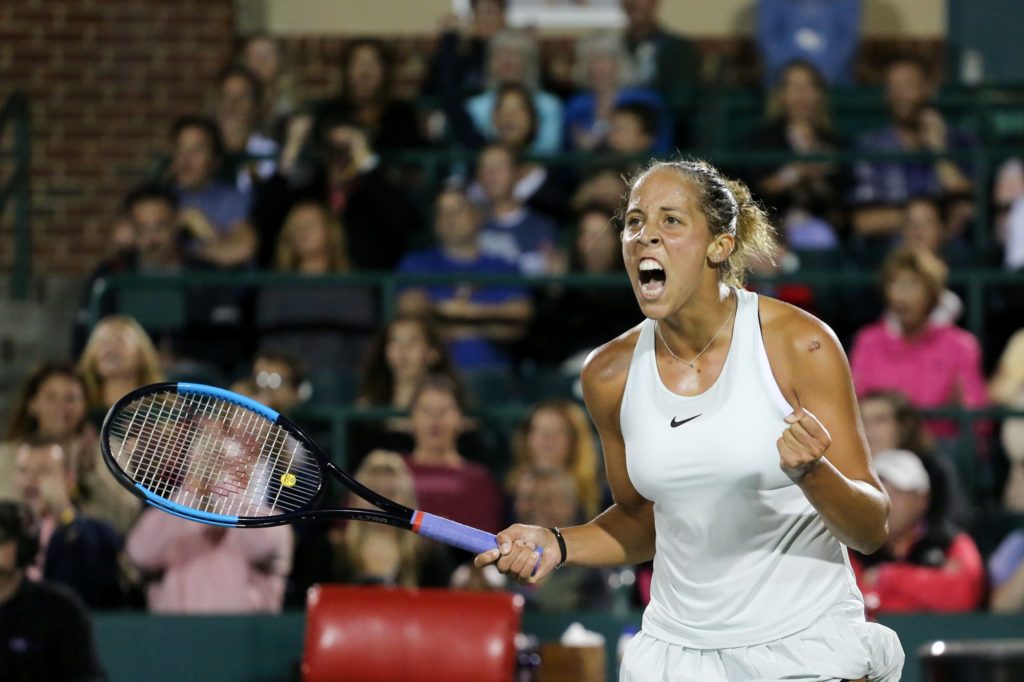
We’ve had so many good memories over the years. One of our biggest events I can remember was a Friday afternoon quarterfinal matchup in 2008 between Serena and Maria Sharapova. They were both in peak form and it was a fantastic match. Serena ended up winning in three sets.
Another year we had a weather issue and both Serena AND Venus ended up playing twice on Centre Court on the same day. Could you imagine being a fan that day? What a treat. From our perspective, imagine how we felt going up to Serena and Venus to let them know they’d be playing twice in the same day.
We’ve also been fortunate to have many players who have “grown up” with us. Madison Keys has always been a crowd favorite and has played nearly every year since being on tour. It was very special seeing her win the title in 2019.
Shelby Rogers is a Charleston local and started as a ball girl in 2007. She has been a fantastic role model for young girls who see this up close and personal and become inspired to become a pro player. Fast forward 15 years later and now she’s become a proven top 50 or 60 player on tour. That’s what it’s all about.
Looking Ahead: Charleston Open
Coming in April
For tickets and more information, visit www.creditonecharlestonopen.com
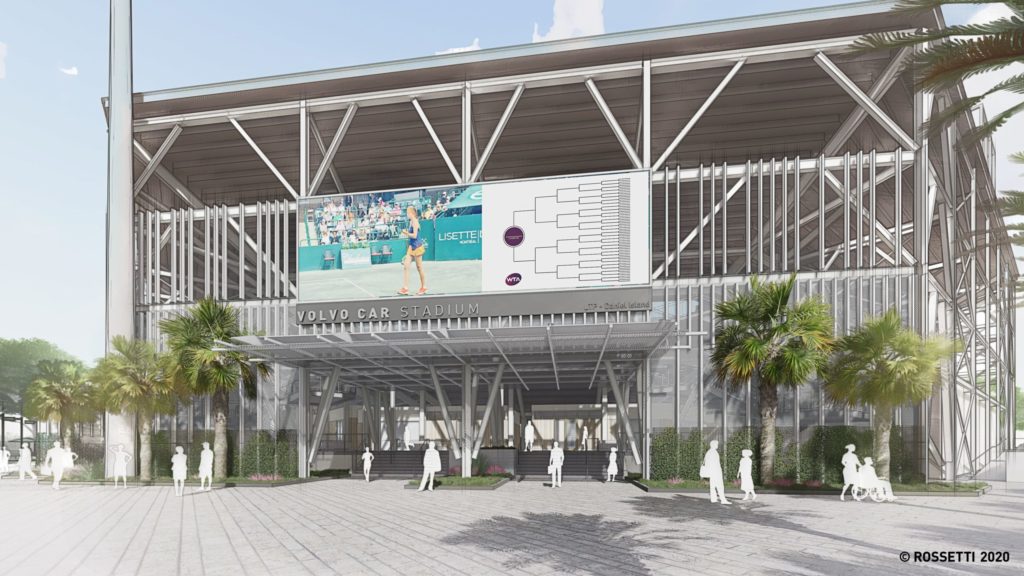
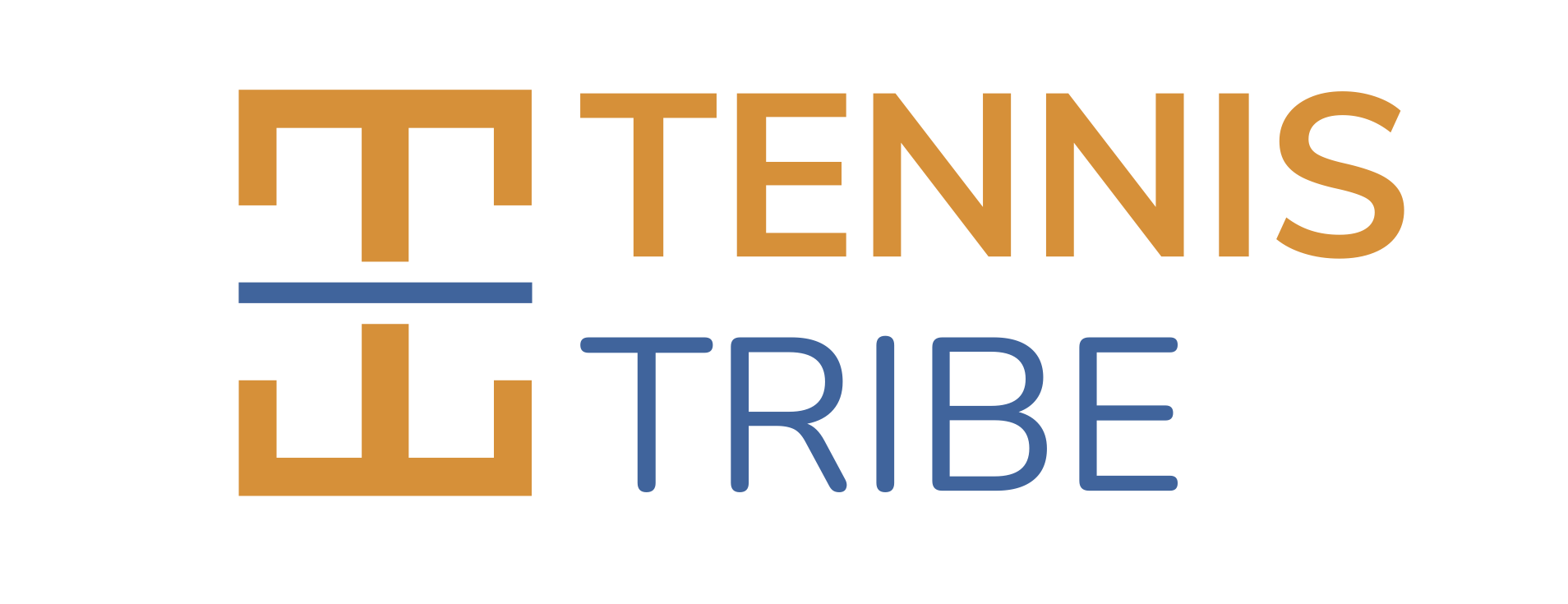
Leave a Reply